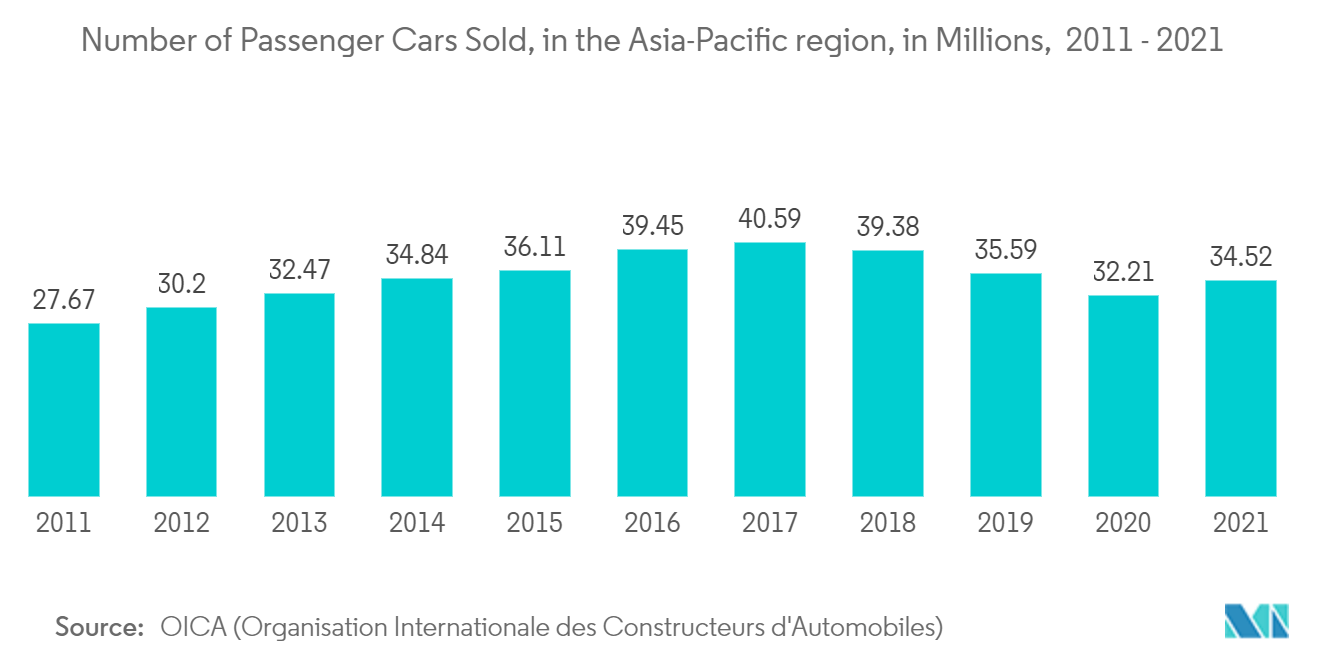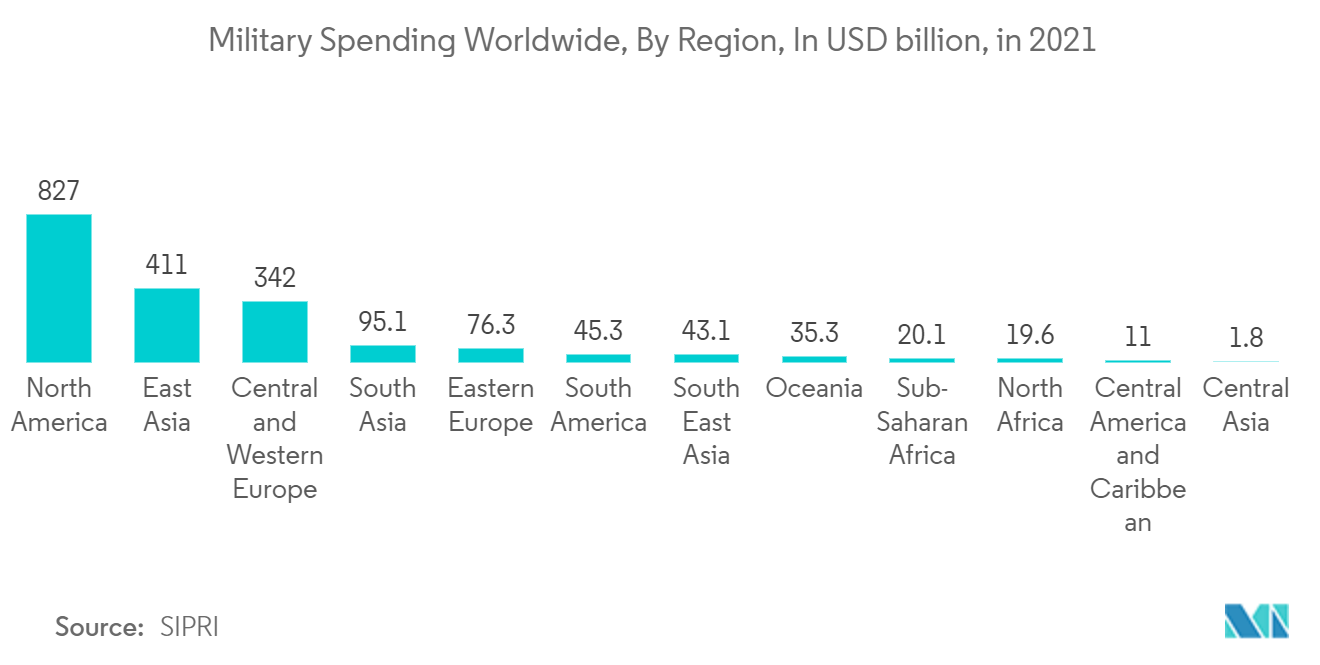Market Trends of Asia-Pacific Inertial Systems Industry
This section covers the major market trends shaping the APAC Inertial Systems Market according to our research experts:
Increasing Demand for Accuracy to Drive the Market
- High levels of precision and dependability are the major features of navigational systems. Inertial navigational systems have a different advantage over other navigation systems in terms of their shortage of reliance on exterior aids to choose the rotation and acceleration of a moving object. These systems utilize a mixture of gyroscopes, accelerometers, and magnetometers to specify the vector variables of a vehicle or a moving object.
- Navigational systems are naturally suited for integrated navigation, control, and guidance of vehicles in challenging areas. Unlike GPS and other navigation systems, inertial systems can maintain performance even under challenging conditions. Inertial measurement units (IMU) are well-fitted to estimate several metrics for navigational systems. These systems stay unchanged by radiation and jamming problems. Strapdown inertial systems find better usage in inertial navigation systems than gimbaled systems, as they are strapped to the moving object and offer more reliability and performance. They offer cost-effectiveness as they are integrated with MEMS techniques.
- As advanced technologies like AI and machine learning become more broadly adopted, advanced robotics cars remotely controlled through sensor technology are becoming more common. As a result, correct position parameters, such as height and orientation of tactical-grade equipment, are essential in the current scenario.
- Inertial navigation systems are available for commercial use in private aircraft, UAVs, and military and defense units and constitute an integral part of navigational control systems. They can also interact with other navigational systems due to gradual advancements in the system's processing power. Several inertial systems, like magnetometers, are primarily used to specify the orientation and existence of a magnetic field in conjunction with other inertial systems.
- Multi-axis systems such as IMUs and AHRS are operated to determine moving objects' altitude, position, acceleration, and velocity. Inertial systems are perfect for delivering high accuracy in navigational systems by utilizing a mixture of accelerometers, gyroscopes, and magnetometers.
- Passenger cars are widely dependent on navigation systems, which are in constant demand in the region. According to the OICA (Organisation Internationale des Constructeurs d'Automobiles), in 2021, the Asia-Pacific region sold approximately 34 million passenger cars, including in the Middle East, of which China sold more than 21 million. The numbers are anticipated to increase in the region and drive the market.

Rising Military Applications and Expansions of MEMS May Drive the Market
- An indigenous mortar system, Dhanush, is a recent addition to the Indian army. The weapons have an inertial navigation system that directs missiles nearly 36 km away from the guns' placements. The new technology also includes auto-laying and GPS-based gun recording. The cannon calculates ballistics and measures onboard velocity through its features. Technologies like thermal imaging, cameras, and a laser range finder are crucial to inertial systems' improvement.
- IMUs in military operations, especially in unmanned aerial vehicles (UAVs), have stimulated companies to create advanced solutions for this technology. As a result, next-generation IMUs are primarily available on the market today.
- Inertial guidance systems are operated in almost every missile and precision-guided bomb in the military, which enables these weapons to target and precisely set their course in flight. Inertial guidance utilizes sensitive measurement sensors to measure the missile's location based on the acceleration applied after it vacates a known site. Commercial aircraft employ inertial navigation with a ring laser gyroscope, which is less exact than the mechanical systems used in ICBMs but still delivers a precise, somewhat fix on location.
- Military clashes are frequent in the Asia-Pacific region. The region's rising frequency of territorial conflicts has encouraged countries to purchase modern cruise missiles to strengthen their security. The evolution of military expenditures in different countries in the region has assisted the development and procurement of modern cruise missile systems, driving the industry forward.
- India and Pakistan continue to design their missile delivery systems and nuclear arsenals. The growing obstruction relationship between India, Pakistan, and China boosts the procurement and development of advanced military strategies such as airplanes, submarines, artillery, and missile systems, among other things.
- According to the SIPRI (Stockholm International Peace Research Institute), in 2021, the military spending of East Asia amounted to USD 411 billion, second to North America. South Asia, Southeast Asia, Oceania, and Central Asia spent USD 95.10 billion, USD 43.10 billion, USD 35.30 billion, and USD 1.80 billion, respectively.


